If you’ve ever experienced shin splints, you know how much of a pain they can be—literally. Whether you’re an avid runner, a weekend warrior, or just someone trying to stay active, shin splints can slow you down and make even the simplest activities a struggle. And if you’re also dealing with IT band syndrome pain, it can feel like your legs are waging a full-blown rebellion against you.
But here’s the thing: While conventional treatments for shin splints can help, they often fall short of addressing the root cause of the problem. That’s where bodywork therapy comes in. In this article, I’m going to walk you through everything you need to know about shin splints, why your typical treatments might not be enough, and how bodywork therapy can make all the difference.
Let’s get started!
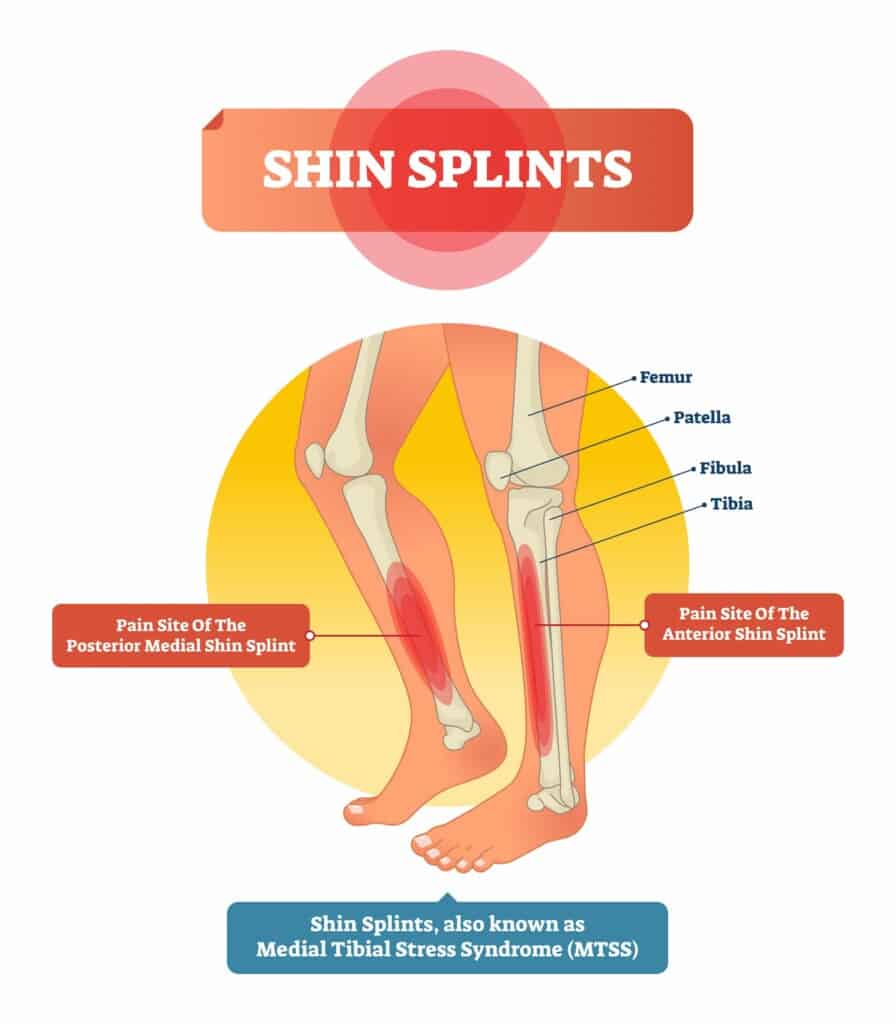
Shin splints, also known as medial tibial stress syndrome, are a common overuse injury that causes pain along the inner edge of the shinbone (tibia). The pain is typically the result of inflammation of the muscles, tendons, and bone tissue, also known as fascia, around your tibia. If you’ve ever pounded the pavement a little too hard or ramped up your workouts too quickly, you might have experienced the telltale ache of shin splints.
So, what do shin splints actually feel like? Here’s a quick rundown of the symptoms:
The pain from shin splints is typically most noticeable when you’re running, jumping, or even just walking. If you’re also dealing with IT band syndrome, you might find that your entire leg feels out of whack—tight, achy, and just plain uncomfortable.
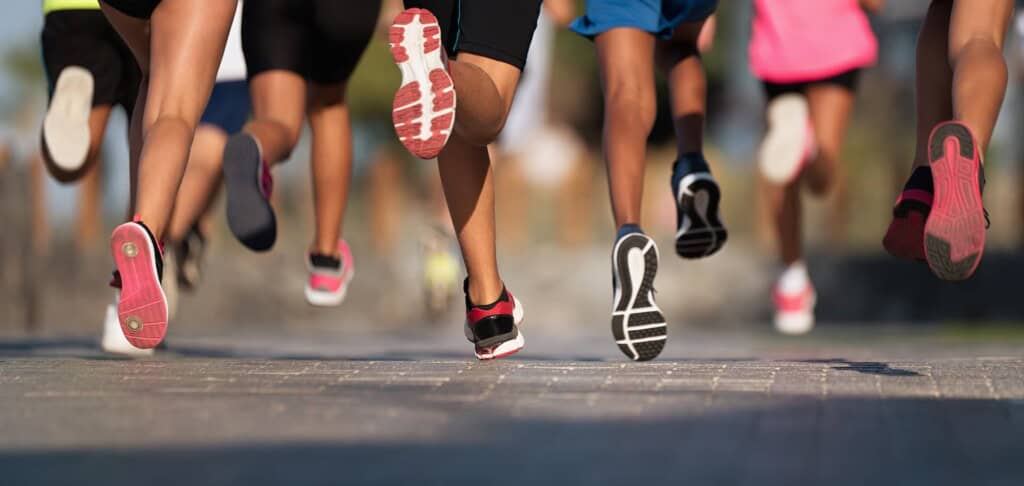
Shin splints usually crop up when you overwork the muscles and bones in your lower legs or experience trauma to the tibia, such as hitting your shins on a step. But there are a few specific factors that can put you at a higher risk:
If you’ve got IT band syndrome, you might already be at a higher risk for shin splints. The tightness in your IT band can throw off your biomechanics, leading to additional strain on your shins.
If you’re experiencing shin pain, it’s essential to get a proper diagnosis. While shin splints are relatively straightforward to diagnose, it’s crucial to rule out other conditions like stress fractures or compartment syndrome. A healthcare professional will usually make the diagnosis based on your medical history, symptoms, and a physical exam.
The usual advice for treating shin splints goes something like this: Rest, ice, compress, elevate (RICE), take some over-the-counter pain relievers, and maybe add in some stretching exercises. Sound familiar? While these methods can certainly provide temporary relief, they often don’t address the root of the problem and may even lead to further injury.
Here’s why: Shin splints are often caused by underlying issues like muscle imbalances, poor biomechanics, or tissue adhesions. If you’re only addressing the symptoms and not the cause, you’re setting yourself up for a cycle of recurring pain.
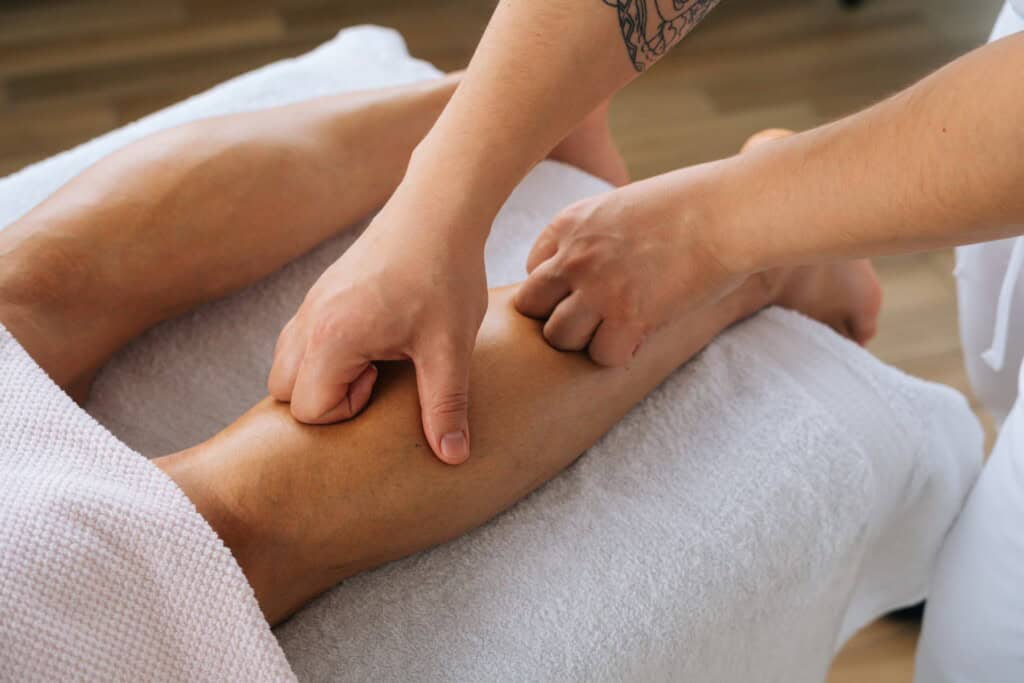
Now, let’s talk about bodywork therapy—my go-to approach for treating shin splints and pretty much any other musculoskeletal issue. Bodywork therapy is all about treating the body as an interconnected system. Rather than just focusing on the shins, we look at how your entire lower body is functioning—your hips, knees, ankles, and everything in between.
Here’s how bodywork therapy can help with shin splints:
One of the biggest advantages of bodywork therapy is that it’s customized to your body’s specific needs. Here are some of the benefits you can expect:
In many cases, yes. Surgery is usually considered a last resort for treating shin splints, but if the condition is severe or chronic, it might be on the table. However, I’ve seen countless clients who were able to avoid surgery through consistent bodywork therapy. By addressing the root causes and working to correct imbalances, we can often prevent the need for more invasive treatments.
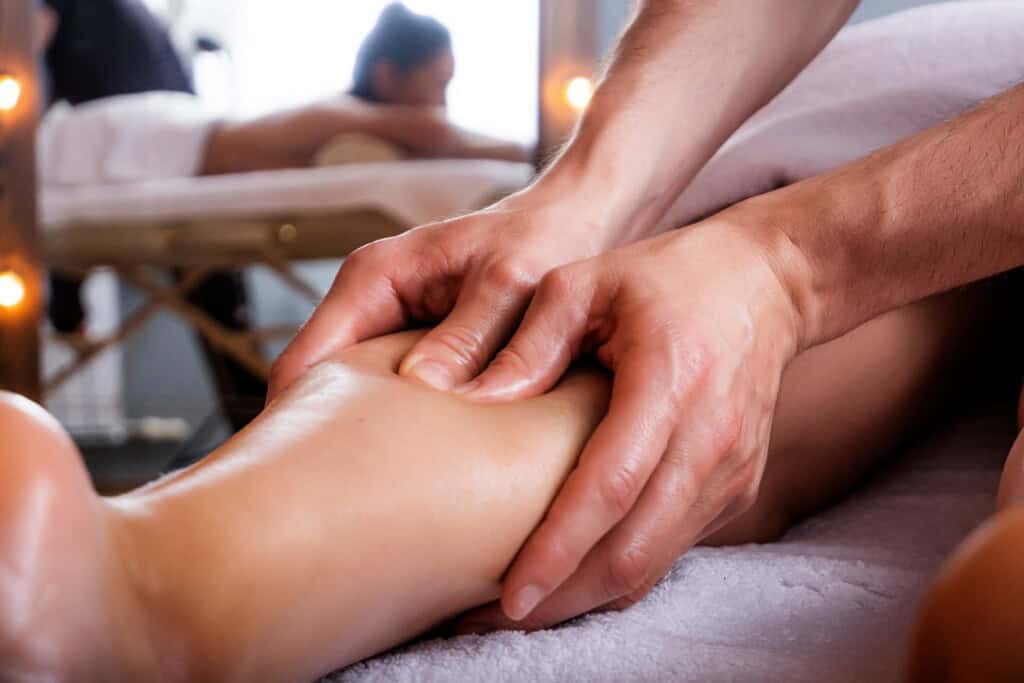
Let’s dive deeper into the massage techniques that are most effective for treating shin splints:
This technique targets the deeper layers of muscle and connective tissue, helping to break up adhesions and relieve chronic tension.
For shin splints, we focus on the muscles and fascia surrounding the tibia, working to release any tightness or knots that may be contributing to the pain.
This technique focuses on releasing tension in the fascia (the connective tissue surrounding muscles) to improve mobility and reduce pain.
With shin splints, we pay special attention to the fascia along the front and sides of the lower leg, using gentle sustained pressure to encourage the tissue to lengthen and release.
By applying pressure to specific points in the muscles, this technique can help release tension and alleviate pain.
For shin splints, we often find trigger points in the tibialis anterior and soleus muscles. Releasing these points can provide significant relief and improve overall leg function.
This technique involves applying pressure across the grain of the muscle fibers. It’s particularly useful for addressing adhesions in the tissues surrounding the tibia, helping to break up scar tissue and promote better circulation to the area.
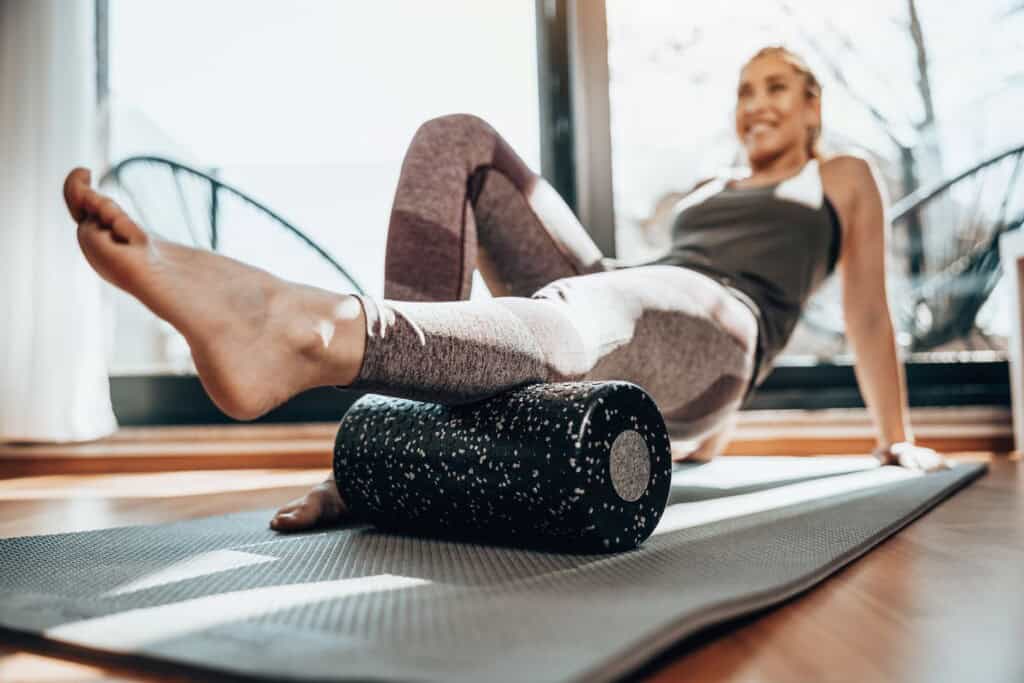
If you can’t make it in for a professional bodywork session, don’t worry—you can still get some relief with self-massage. Here are a few techniques you can try at home:
Remember, while these techniques can provide temporary relief, they’re not a substitute for a full bodywork therapy session. For lasting results, it’s best to consult with a professional bodyworker who can address the root causes of your shin splints.
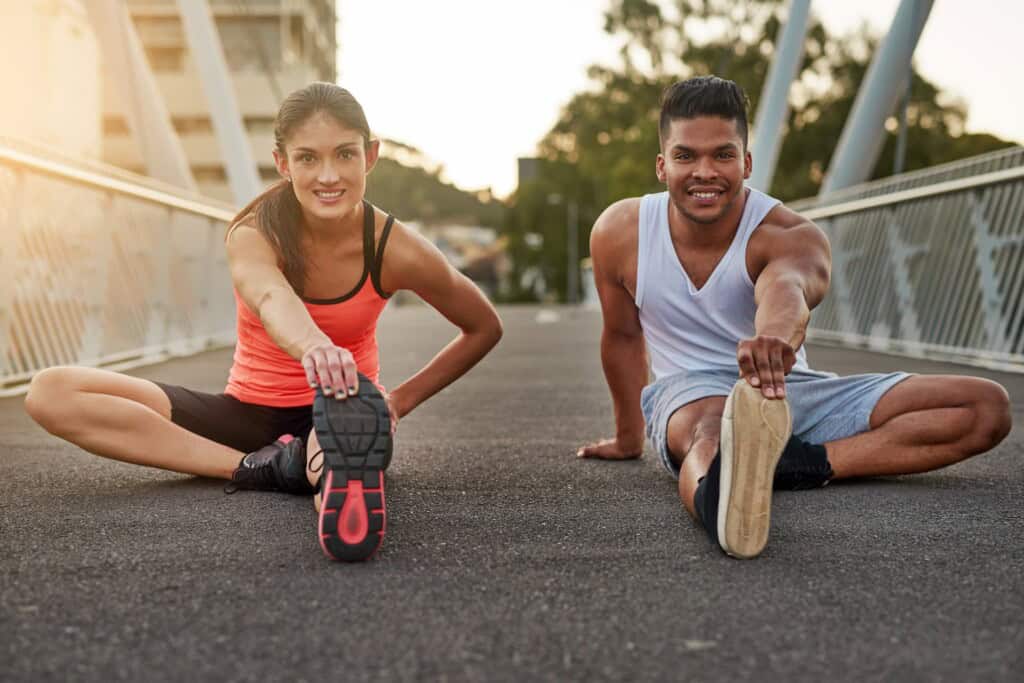
Preventing shin splints is all about taking care of your body and being mindful of your activities. Here are a few tips to help you stay pain-free:
The duration of shin splints can vary depending on the severity of the condition and how quickly you seek treatment. With rest and proper care, mild shin splints may resolve within a few weeks. However, if the underlying issues aren’t addressed, the pain can persist for months—or even longer.
By incorporating bodywork therapy into your treatment plan, you can often shorten the recovery time and get back to your activities faster. And with regular maintenance, you can help prevent shin splints from making an unwelcome return.
Shin splints can be a real roadblock in your fitness journey, but they don’t have to be a permanent one. By taking a holistic approach and incorporating bodywork therapy into your routine, you can not only heal your shin splints but also prevent them from coming back. Remember, it’s all about treating the root cause and keeping your body in balance.
If you’re dealing with shin splints — or any other aches and pains — consider giving bodywork therapy a try. It might just be the game-changer you’ve been looking for.
Ready to get started? At Bodywork Masters, we specialize in personalized bodywork therapy that addresses the root causes of pain and helps you get back to doing what you love. Don’t let shin splints slow you down any longer — schedule a session today to schedule your session and start your journey to recovery. Your body will thank you!